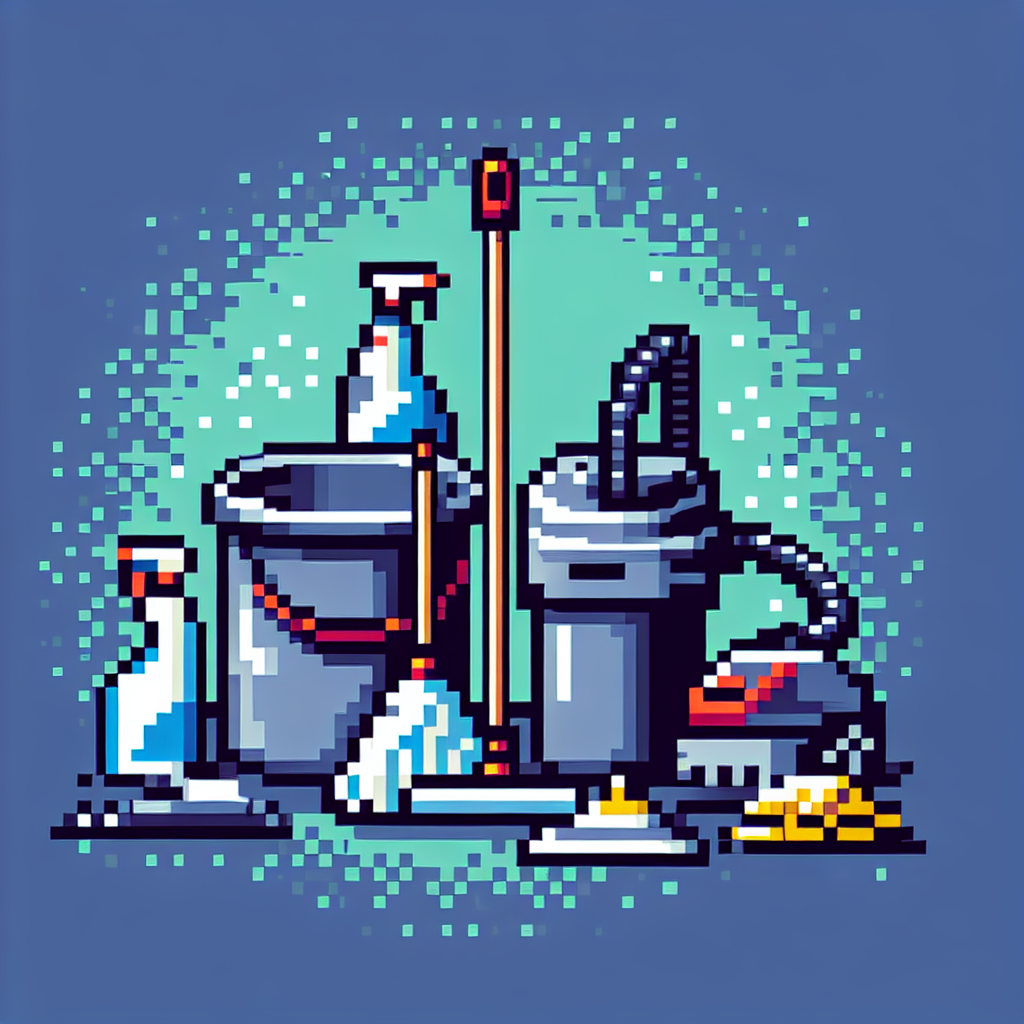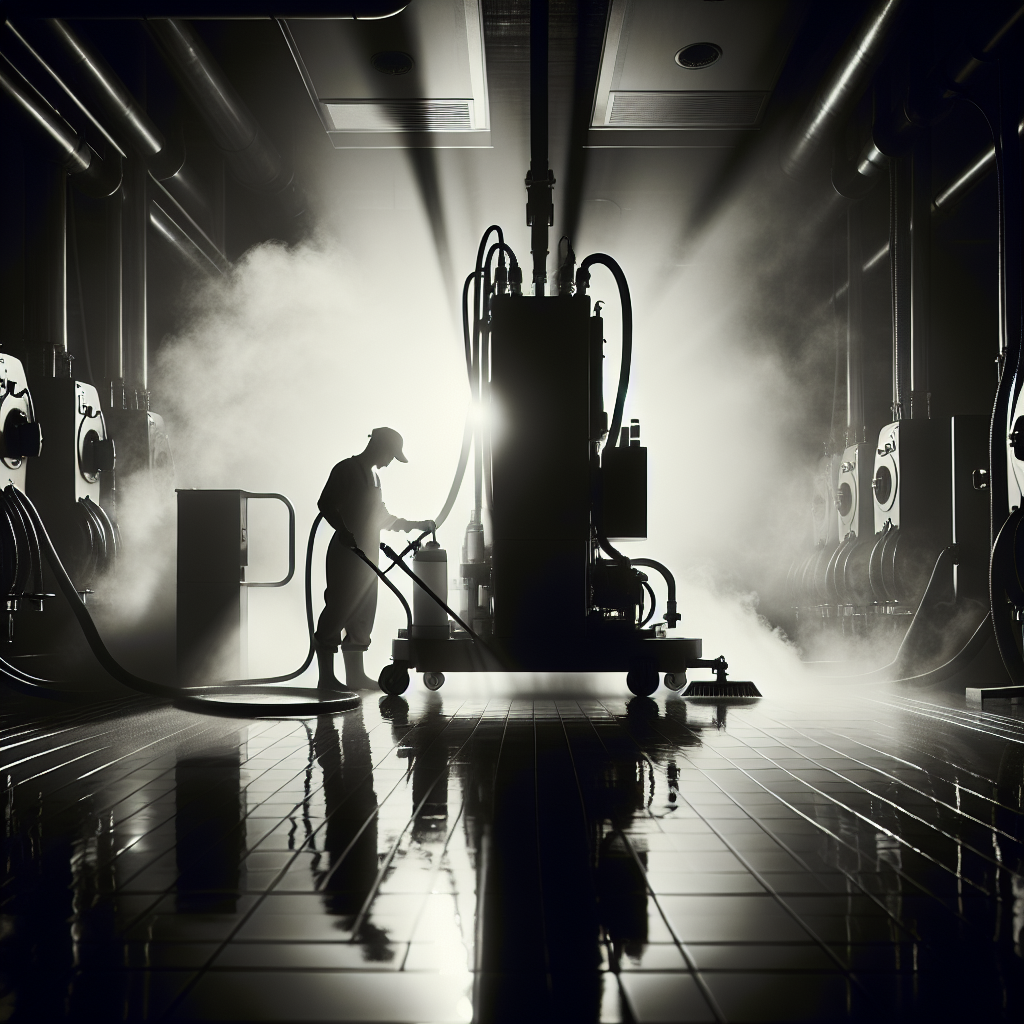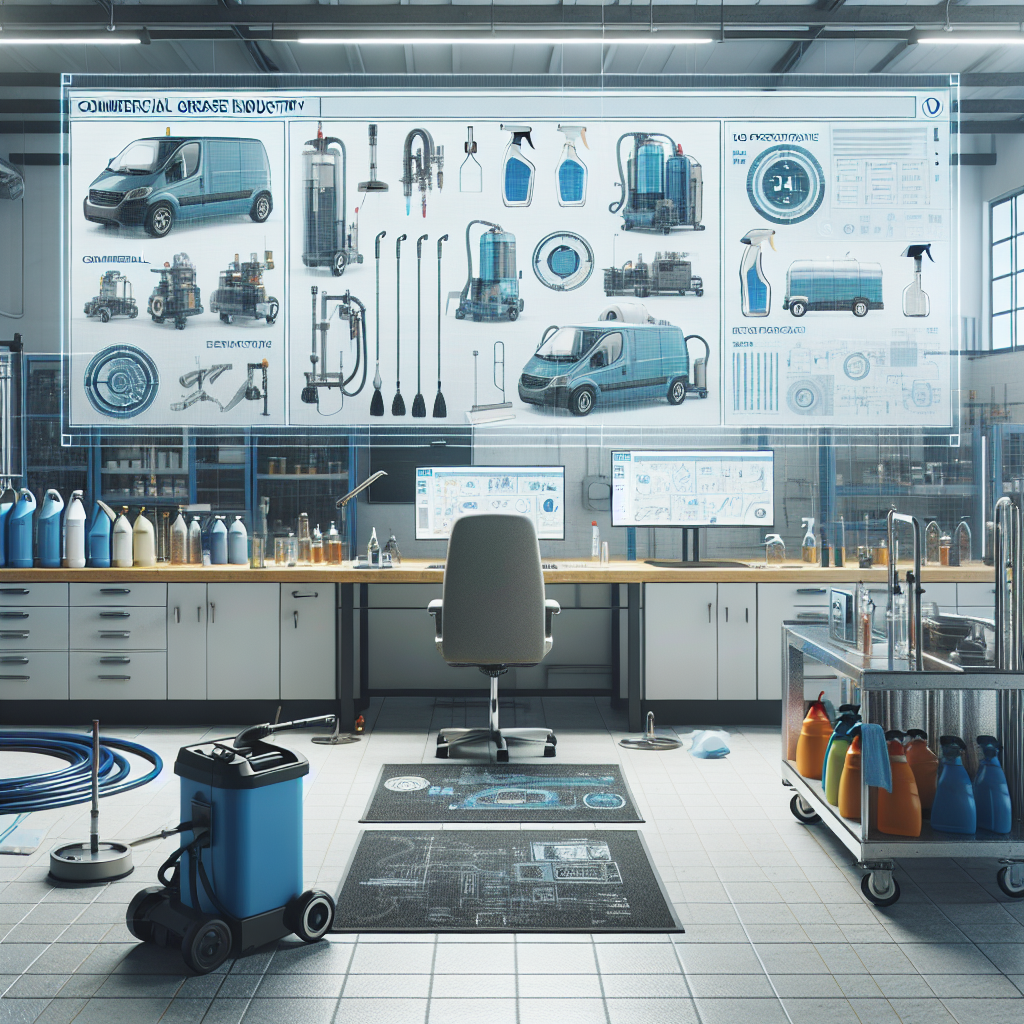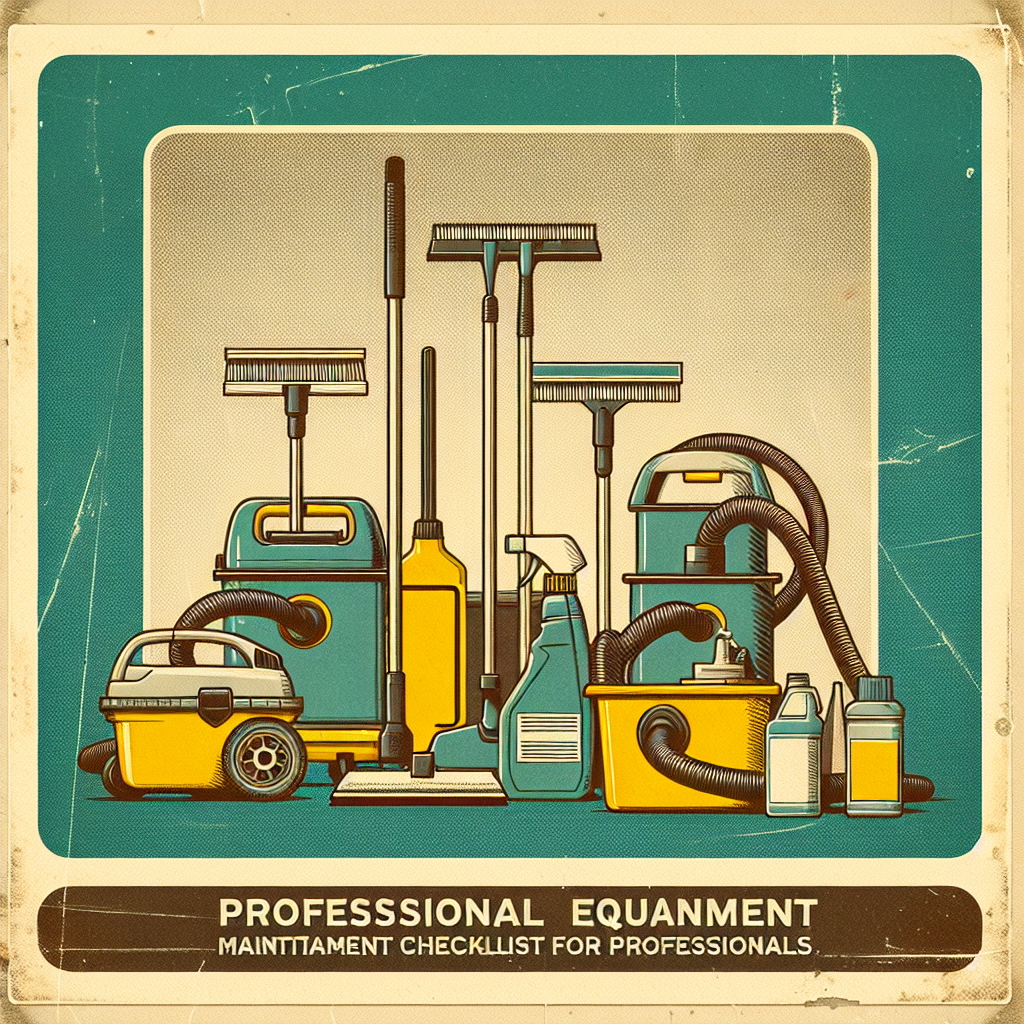As a professional in the cleaning industry, ensuring that your equipment is well-maintained is crucial for smooth operations. However, breakdowns can happen unexpectedly, causing disruptions to your cleaning schedule. In this guide, we will delve into troubleshooting common equipment breakdowns to help you address issues promptly and get back to work efficiently.
1. Understanding the Equipment
Before troubleshooting any breakdown, familiarize yourself with the equipment's manual and specifications. Understanding how the equipment functions will aid you in diagnosing and fixing problems effectively.
2. Power Supply Issues
Check the power source, cords, and connections for any damages. Sometimes, a simple power interruption or a faulty outlet can be the root cause of equipment failure.
- Inspect power cords for frays or cuts.
- Test the outlet with another device to ensure it's functioning.
3. Mechanical Breakdowns
When facing mechanical issues, such as strange noises or vibrations, it's essential to act promptly to prevent further damage to the equipment.
- Inspect moving parts for signs of wear and tear.
- Apply lubrication to components as recommended by the manufacturer.
4. Sensor Malfunctions
Sensors play a vital role in modern cleaning equipment. Calibration issues or dirt accumulation can lead to sensor malfunctions.
- Check sensors for dirt or obstructions.
- Recalibrate sensors according to the manufacturer's instructions.
5. Water Flow Problems
Equipment like pressure washers or steam cleaners may encounter water flow issues. Low pressure or no water flow can hinder cleaning tasks.
- Check water input connections for blockages.
- Inspect hoses and nozzles for clogs.
Regular maintenance and timely repairs can significantly extend the lifespan of your cleaning equipment, saving you time and money in the long run.
Remember, addressing equipment breakdowns promptly not only ensures operational efficiency but also minimizes downtime and prevents costly repairs.
Equipped with the knowledge to troubleshoot common equipment breakdowns, you can now tackle maintenance tasks proactively and keep your cleaning operations running smoothly.



